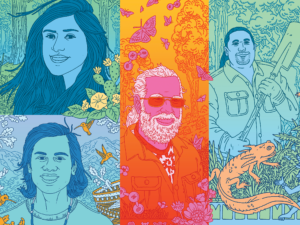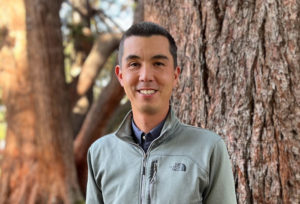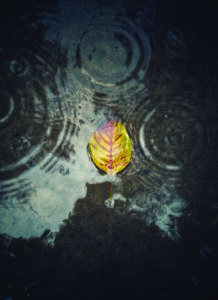
If you’re reading this, you probably love the natural world. And you are probably very aware that people in California are becoming homeless faster than housing is becoming available. Just this week, Governor Newsom announced $22 billion in funding for affordable housing and homelessness programs statewide. At last count in January 2019, well before the pandemic, 28,200 people in the Bay Area were homeless. To prevent further spread of Covid-19, the planned January 2021 point-in-time count didn’t happen in many parts of the Bay Area. But we can all see the number of people living on the streets is growing.
These two subjects — the natural world and homelessness — are inextricably bound. The lack of affordable housing opportunities here in the Bay Area and statewide causes people to find creative housing solutions for themselves and their families. The larger the affordable housing problem, the more people will live on public lands. It’s already happening. And it raises immediate and uncomfortable questions about the future uses of public land—our forests, deserts, and coastlines.
In the mostly urban Bay Area, people live on public land all the time in city parks and along creeks and greenways. And sometimes people try to stay in county, regional, and local state parks or other open spaces. Right now San Francisco is debating whether to create a safe parking site for 150 RVs at Candlestick Point Recreation Area, a part of the California state park system. But largely it’s illegal to sleep anywhere other than in designated, fee-based campgrounds when you’re in a park near or within a major metropolitan center. That’s not the case farther from big cities.
In the more rural parts of California there is dispersed camping — meaning camp wherever you want. The rules vary with every forest, park, and piece of land, but two weeks of camping in a specific location is commonly allowed. Typically, there are no amenities and no fees, and the two agencies with the most robust dispersed camping traditions are the U.S. Forest Service and the Bureau of Land Management. Together they oversee 35 percent of all the land in California. Agency law enforcement reports that an increasing number of people are living on public lands in California, many legally. You’ll recall that before Labor Day weekend, many national forests in California suspended dispersed camping due to fire danger.
In a special feature story in our Fall 2021 print magazine, reporter Sarah Tory explores homelessness and its impacts — sometimes trash, trampled habitat, disturbed wildlife, and increased fire risk — on public lands in the West. The story is a collaboration between Bay Nature and High Country News and pushes outside of our usual geographic coverage area to nature-rich regions that inhabit the psychological backyards of many in the Bay Area: Tahoe, Mammoth, the Rocky Mountains. If you’re reading this, you’ve probably at least visited one of those places. The nature in them is affected by the housing policy choices we make in the Bay Area.
Is it success if local policies triumph at the expense of environments elsewhere? Do well-argued positions sustain us in the face of personal hardship? Imagine if you could no longer afford a Bay Area mortgage or rent and had largely lost your financial safety net. You love nature. What would you do? I know my answer.
Subscribe today and receive Bay Nature’s exceptional quarterly print magazine. Stories from the Fall 2021 issue will appear online beginning Friday, October 1.




